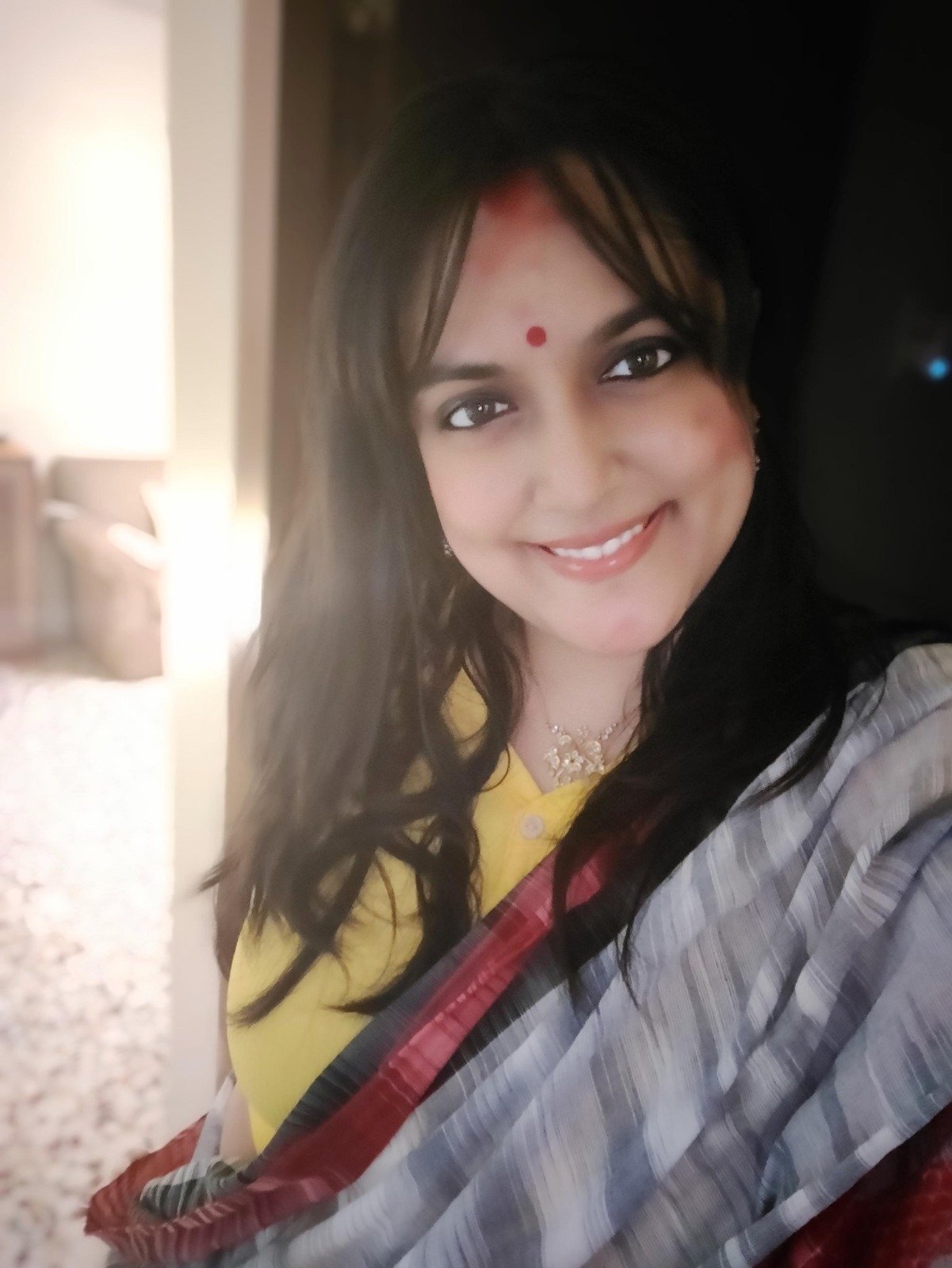
Long before Indigo launched direct flights to Istanbul and Netflix brought home the high romance of Ottoman dramas, some of us travelled to Turkey through the eyes of Orhan Pamuk. Turkey’s first Nobel laureate and winner of several prestigious literary awards. Author of fictional masterpieces that come treacherously close to fact. In Pamuk’s stories, the east and the west, the past and the future, tradition and modernity are in a constant state of tug and pull. There is no winning. It is through that lense that we see Turkey’s place in the world, wedged between Asia and Europe, in a perpetual state of in-betweenness. A confusion of identity so intoxicating and so ingrained in the DNA, it doesn’t skip a generation.
In 2005, Pamuk was prosecuted for the crime of denigrating Turkishness. He gave an interview to a Swiss magazine where he spoke about the curbs on the freedom of expression in Turkey. He mentioned the massacre of a million Armenians and over 30,000 Kurds on Turkish soil and said how no one ever spoke about it. The Turkish press called him a traitor, death threats followed until he left Istanbul. It was a charge that was later dismissed. A strange allegation nonetheless about a man whose work is so full of love for his land. It’s not the first time though that a patriot has been labelled a traitor because he dared to tell the truth. It seems to be an increasingly common narrative of our times as journalists, student leaders and dissident voices continue to fill prison cells.
Pamuk is a self-professed reluctant political voice. Only forced to speak his mind as Turkey veers towards Islamist conservatism, in a far right turn of events under President Erdogen’s rule. Further and further away from Turkey’s founding father - Ataturk’s vision of a modern, secularist nation where women had the right to vote. A democratic republic that adopted European laws and codes.
There’s more to Pamuk. There’s an incurable romantic who elevates the mundane to magical realms and tells us stories of ships bobbing on the Bosphorus, the smell of fried liver and mussels in Beyoglu’s streets and the familial warmth of the waiters in the city’s oldest restaurants. When he tells a story, you feel like you can smell the Turkish coffee wafting off the page, you can slice through the fresh catch of smoked Red Mullet fish, you can feel the chill in the Istanbul air, and savour intimate knowledge of a city you have never been to.
The Museum of Innocence is the first book that Pamuk wrote after he won the Nobel Prize for literature in 2006. It is a novel that bends a lot of rules. It is a catalogue for a museum dedicated to a young man’s lost love.
Within its pages are objects displayed like stories - 4000 odd lipstick stained cigarette stubs, butterfly barettes, thimbles, pencils, china dogs, letters, false teeth, empty medical boxes, receipts and salt shakers.
The Museum of Innocence recounts the story of Kemal – a young man from one of Istanbul’s elite families who falls in love with a poor cousin - a shop girl, while he’s engaged to be married to a girl - Sibel, who is socially his equal. The broad strokes of the story will give you no sense of a sensational plot. You might even wonder if it’s worth a read if it were reduced to a banal summary. And so I won’t do it that disservice.
The novel dissects a lost love like a frog in a laboratory, through many meandering pages. Kemal’s love for Füsun, his 9 year obsession for her, his pining, his longing, his endless wait as his own engagement ends, and Füsun’s marriage to someone else lasts 8 long years, every gaze and every churn of his stomach, every shame and every pretense has been documented to anthropological precision.
But more than the story itself, Pamuk inspires us to look at our memories and give them reverence. To create a museum display of our own lives. In the book, the tragic lovestruck protagonist Kemal says, “If the objects that bring us shame are displayed in a museum, they are immediately transformed into possessions in which to take pride.”
The Museum of Innocence is more than a novel. It is the first real museum dedicated to a fictional story. Housed in a building in the Çukurcuma where Füsun, Kemal’s object of affection in the novel used to stay, the museum is an art exhibit. (Google Arts and Culture offers a walkthrough of the Museum of Innocence) A real collection of objects from a fictional story.
It is a museum where the pain suffered in love’s name, the happiness found in holding hands at the beach, the after-life of an ill fated love have been immortalised. Very unlike the Louvres of the world and their haughty displays of civilisational highs.
So here’s how we will tell the story of our times. Each one of us will build our own museums. Just humour this idea for one Sunday afternoon.
How would you describe the love of your life to someone? How would you describe the minutiae of your love to someone who knows nothing about your city? What objects would you choose? What stories would they tell? How would you like to display your wounds, your pride, your joys? What would a collection of your embarrassments look like?
What would your museum of innocence be?
Ahana Chaudhuri
Ahana Chaudhuri is the Queen of the Bumbling Idiots, makes a living by writing for advertising. She reads and so she writes. And how! Based out of Mumbai, she claims to have never gone beyond the borders of the Bengali middle class intelligentsia.

